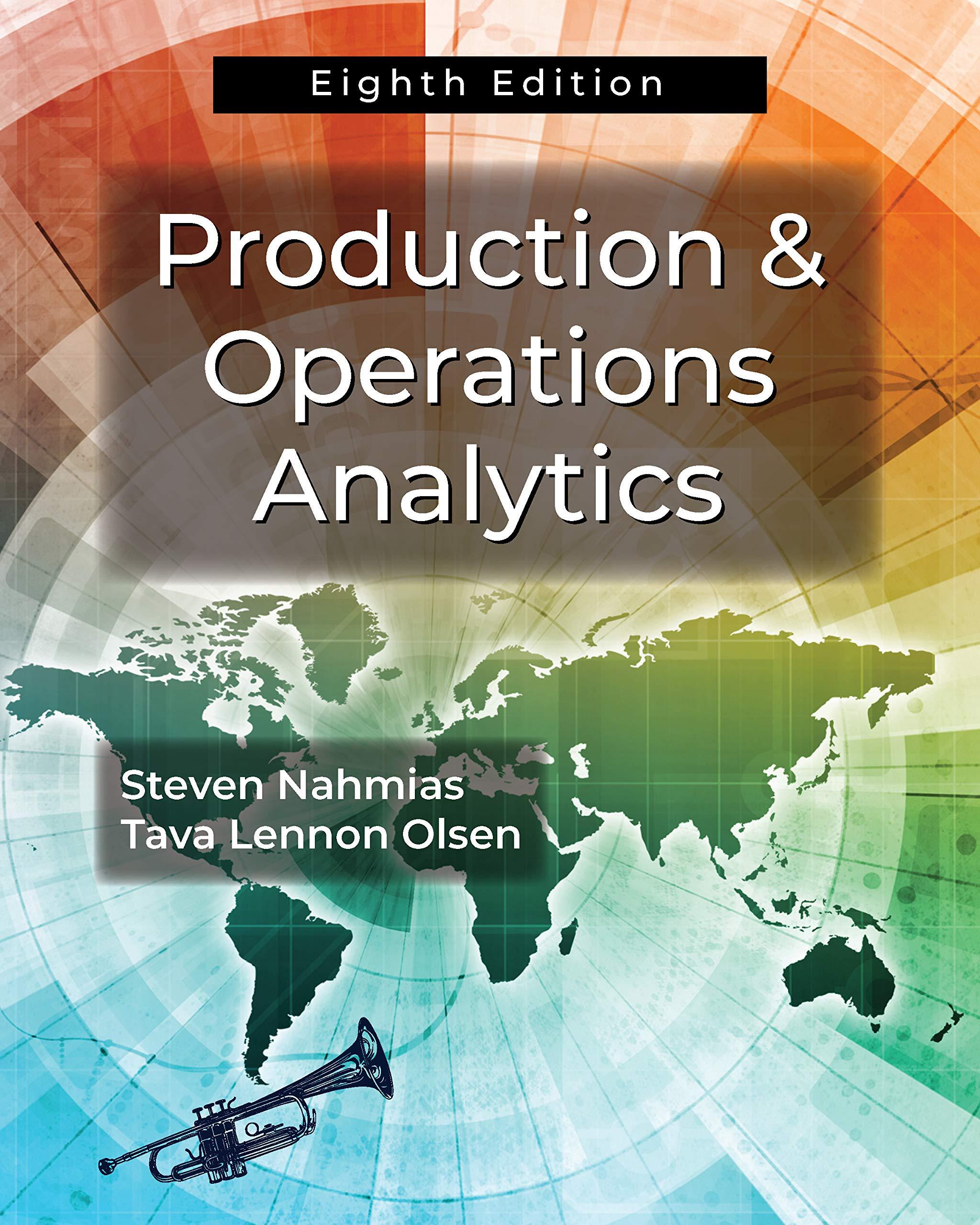Answered step by step
Verified Expert Solution
Question
1 Approved Answer
Part 2 ( weight: 5 0 % ) In May 2 0 1 3 , Rebecca Young completed her MBA and moved to Toronto for
Part weight:
In May Rebecca Young completed her MBA and moved to Toronto for a new job in
investment banking. There, she rented a spacious, twobedroom condominium for $ per
month, which included parking but not utilities or cable television. In July the virtually
identical unit next door became available for sale with an asking price of $ and Young
believed she could purchase it for $ She realized she was facing the classic buyversus
rent decision. It was time for her to apply some of the analytical tools she had acquired in
business school including "time value of money" concepts to her personal life.
While Young really liked the condominium unit she was renting, as well as the condominium
building itself, she felt that it would be inadequate for her longterm needs, as she planned to
move to a house or even to a larger penthouse condominium within five to years even
sooner if her job continued to work out well.
Friends and family had given Young a variety of mixed opinions concerning the buyversus
rent debate, ranging from "you're throwing your money away on rent" to "it's better to keep
things as cheap and flexible as possible until you are ready to settle in for good." She realized
that both sides presented good arguments, but she wanted to analyze the buyversusrent
decision from a quantitative point of view in order to provide some context for the qualitative
considerations that would ultimately be a major part of her decision.
FINANCIAL DETAILS
If Young purchased the new condominium, she would pay monthly condo fees of $ per
month, plus property taxes of $ per month on the unit. Unlike when renting, she would
also be responsible for repairs and general maintenance, which she estimated would average
$ per year.
If she decided to purchase the new unit, Young intended to provide a cash down payment of
per cent of the purchase price. There was also a local deedtransfer tax of approximately
per cent of the purchase price, and a provincial deedtransfer tax of per cent, both due
on the purchase date. For simplicity, Young planned to initially ignore any other tax
considerations throughout her analysis. Other closing fees were estimated to be around
$
In order to finance the remaining per cent of the purchase price, Young contacted several
lenders and found that she would be able to obtain a mortgage at a per cent "quoted" annual
rate that would be locked in for a year term and that she would amortize the mortgage
over years, with monthly payments. The money that Young was planning to use for her
down payment and closing costs was presently invested and was earning the same effective
monthly rate of return as she would be paying on her mortgage. Young assumed that if she
were to sell the condominium say, in the years she would pay per cent of the selling
price to realtor fees plus $ in other closing fees.
Questions:
a Mortgage calculation
i What is the amount Young will borrowmortgage for her condo
ii The quoted rate on Young's mortgage is compounded semiannually What is the
effective monthly rate on her mortgage?
iii. With monthly payments for years amortization, the effective monthly interest
rate and the total borrowing, what will Young's monthly mortgage payment be
b Other costs to purchase condo
i What is the downpayment Young will make?
ii What are the other upfront costs required to purchase the condo?
iii. If Young forgoes the income on the initial cash downpayment and upfront costs,
how much will she lose in investment income each month opportunity cost
c In addition to the mortgage payment and the opportunity cost of lost investment income,
what
other costs will Young face on a monthly basis when owning her condo?
d What is the total monthly cost of owning the condo?
What is the current cost of renting her condo?
What is the present value of the additional cost of owning a condo at the
same interest rate as the mortgage till selling date?
Potential selling scenarios of condo
a Mortgage remaining
i How much principal will be left on Young's mortgage at the end of:
years,
years and

Step by Step Solution
There are 3 Steps involved in it
Step: 1

Get Instant Access to Expert-Tailored Solutions
See step-by-step solutions with expert insights and AI powered tools for academic success
Step: 2

Step: 3

Ace Your Homework with AI
Get the answers you need in no time with our AI-driven, step-by-step assistance
Get Started


